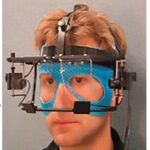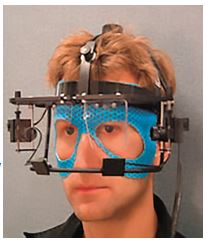2015
Space Technology Hall of Fame and Space Certification – 2015 Inductees
Earth-centered Orbital Classification Methodology
A description of the way the Space Foundation classifies the orbits of satellites.
2015 – Japan Launch, Payload
Japan’s number of SLVs launched during 2015 equaled their 2014 efforts. The country’s 2015 share of global orbital space launches grew, but only because the total number of SLVs launched globally during 2015 declined. The four SLVs launched during 2015 from Japan helped the nation to maintain a share of nearly 5% of global launches.
2015 – European Spaceports – Snapshot
ESA conducts orbital space launches from its only spaceport: Guiana Space Center in Kourou, French Guiana. Guiana Space Center launches the Soyuz, Ariane 5, and Vega space launch vehicles. The European spaceport is one of the closest active spaceports to the Earth’s equator.
Sounding Rockets
Uncrewed suborbital vehicles, also called sounding rockets, come in diverse sizes and capabilities. They range from relatively small single-stage vehicles that carry payloads of a few dozen kilograms to altitudes of 160 kilometers (100 miles), to larger rockets that use up to four stages to lift several-hundred-kilogram payloads as high as 1,600 kilometers (1,000 miles).
Payload Launch
Launch vehicles come in a variety of sizes, configurations, and capabilities. One primary distinction lies between orbital and suborbital launchers. Suborbital vehicles carry their payloads outside of Earth’s atmosphere, but they do not accelerate payloads to the velocities needed to enter orbi… Thank you for visiting The Space Report! The Authoritative Guide to Global Space…
Energy, Resources, and Environmental Management
Due to the wide perspective of Earth provided by some satellites, industries involved in energy, resources, and environmental management are benefiting from multiple new developments in satellite technology and services. The Earth’s environment is in constant flux as natural resources are consumed and renewed continually.
Education


In addition to adeptly managing the existing workforce, the health of the industry relies on a steady supply of highly educated individuals, particularly those earning university degrees in science, technology, engineering, and mathematics (STEM) fields.
Geographical Distribution
NASA has many facilities and operations in many states, and NASA contractor jobs are high-skill, high-salary positions. When these jobs are lost, communities often have difficulty replacing them, and the employees encounter difficulty in finding similar positions in the local area. In order to keep the skilled technical workforce associated with the shuttle program from relocating elsewhere, many local communities affected by NASA layoffs have invested in job-transition assistance and worker retraining programs in alternative skill sets.
U.S. Space Industry Outlook
In December 2015, the U.S. Bureau of Labor Statistics released the 2016-17 Occupational Outlook Handbook (OOH). The OOH provides employment projections for the decade from 2014 to 2024. Among the 329 occupational profiles are four particularly applicable to the space industry: Aerospace Engineers, Aerospace Engineering and Operations Technicians, Astronomers, and Atmospheric and Space Scientists.

